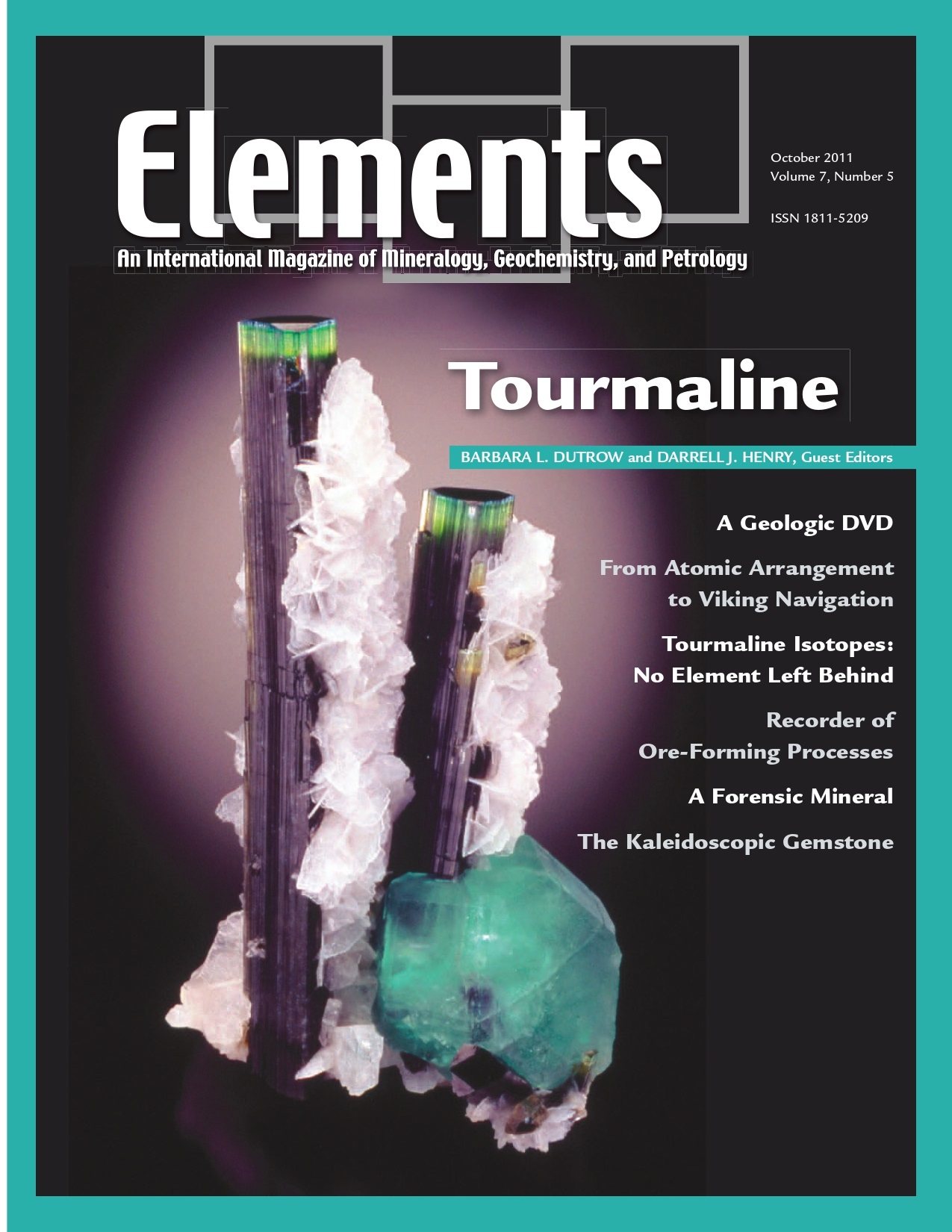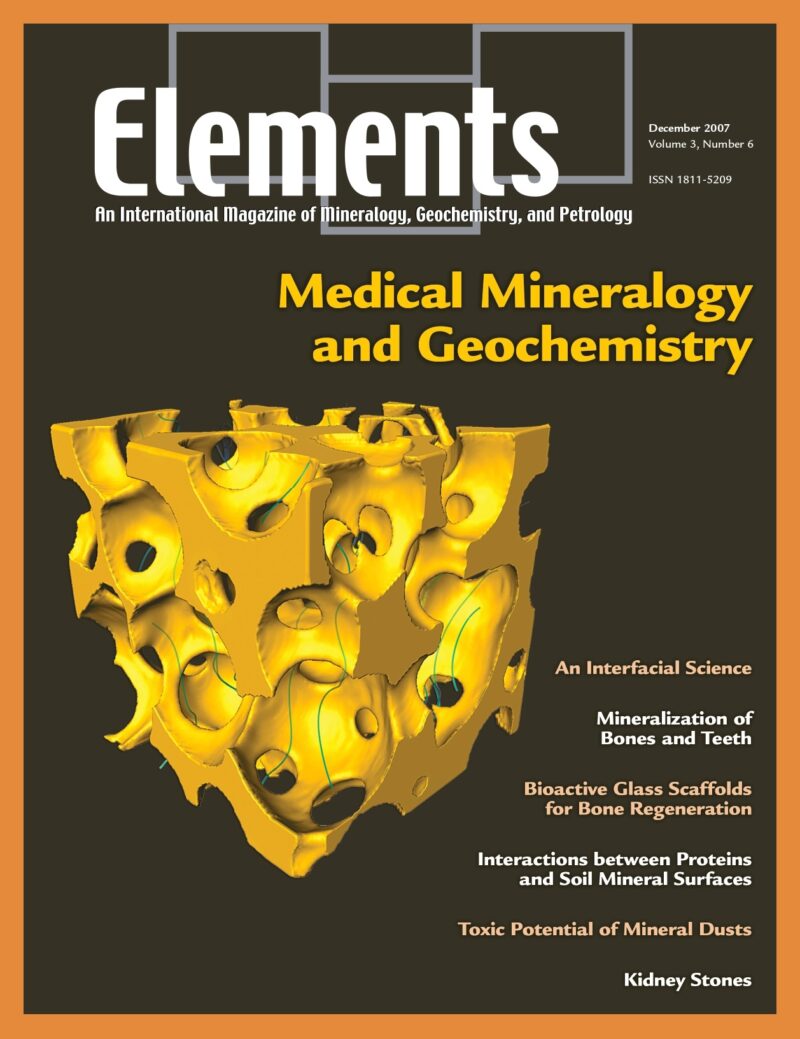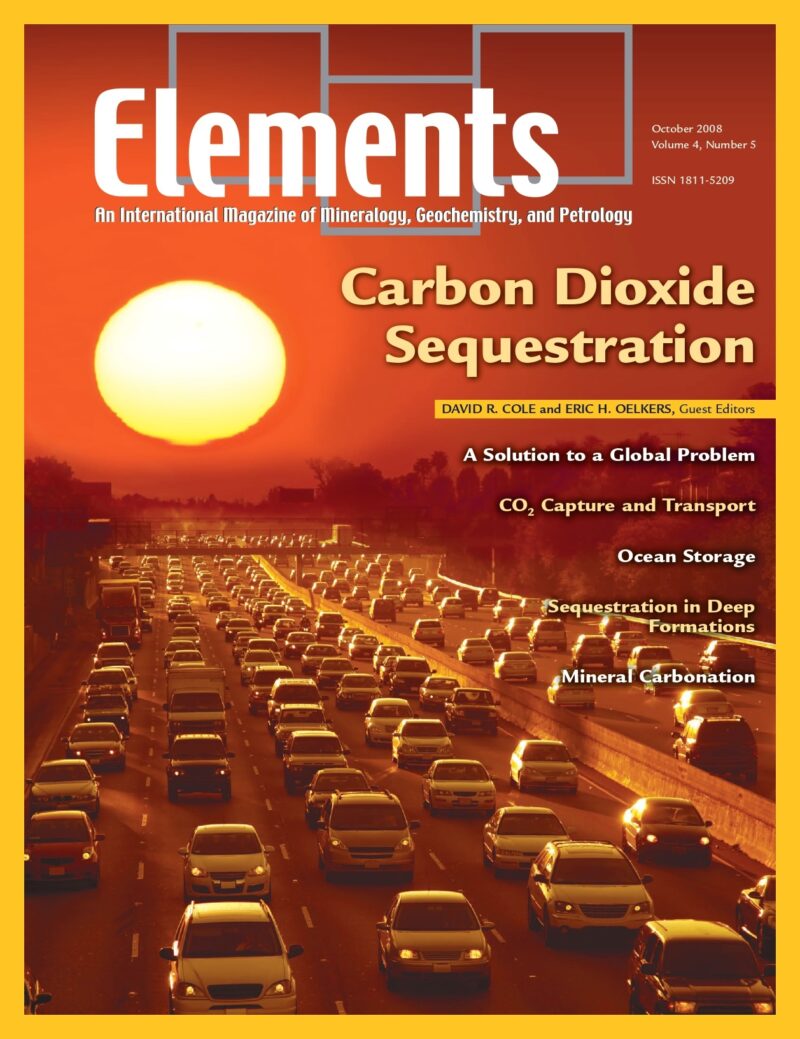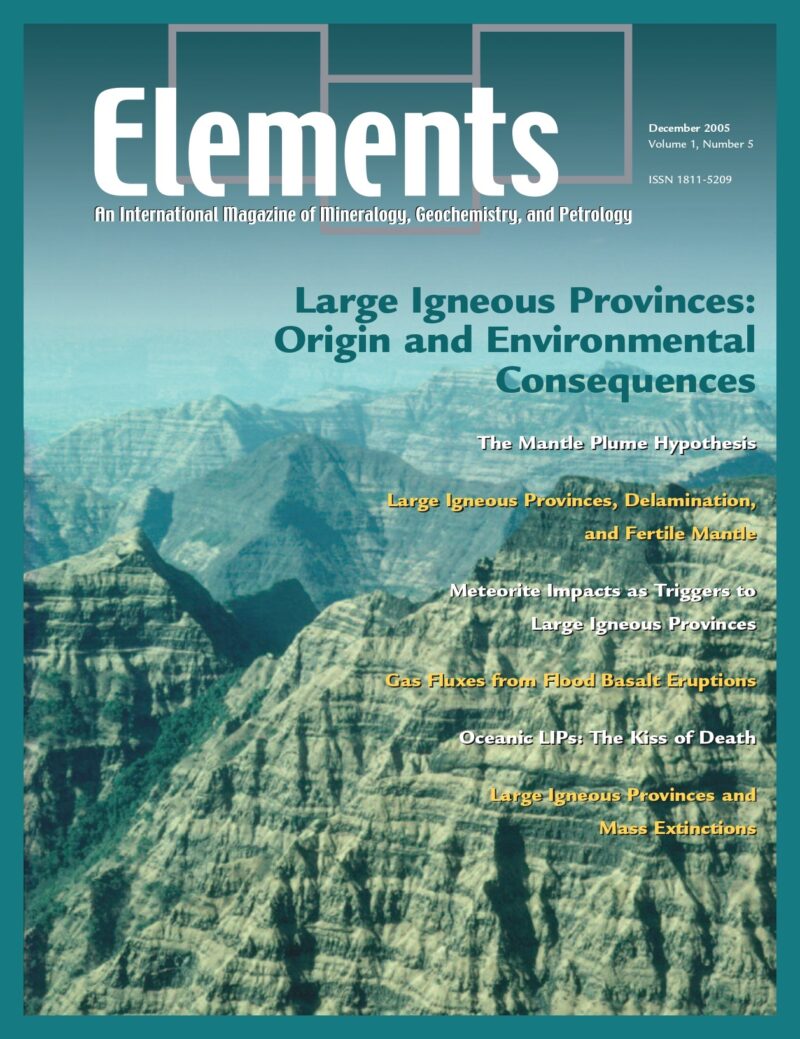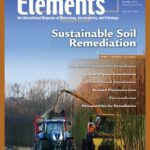
Sustainable Remediation Of Soils, December 2010, Vol. 6, No. 6
June 28, 2024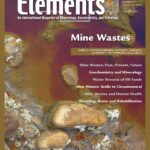
Mine Wastes, December 2011, Vol. 7, No. 6
June 28, 2024Tourmaline, October 2011, Vol. 7, No. 5
$20.00
From the Vikings’ sunstone to a modern piezometric pressure sensor, tourmaline is an intriguing mineral with a new degree of significance. Tourmaline was considered by 18th century physicists as the key to a grand unification theory relating heat, electricity, and magnetism, but new studies define its role as an indicator of Earth’s processes.
Tourmaline
October 2011, Vol. 7, No. 5
From the Vikings’ sunstone to a modern piezometric pressure sensor, tourmaline is an intriguing mineral with a new degree of significance. Tourmaline was considered by 18th century physicists as the key to a grand unification theory relating heat, electricity, and magnetism, but new studies define its role as an indicator of Earth’s processes. With its plethora of chemical constituents and its wide stability range, from near-surface conditions to the pressures and temperatures of the mantle, tourmaline has become a valuable mineral for understanding crustal evolution. Tourmaline encapsulates a single-mineral thermometer, a provenance indicator, a fluid-composition recorder, and a geochronometer. Although also prized as a gemstone, tourmaline is clearly more than meets the eye.
Why You’ll Love Elements Magazine:
- Expert Contributors: Articles written by renowned researchers in the field of geoscience.
- Engaging Content: Join a community of readers who are passionate about Elements.
- Exceptional Quality: Each issue is printed on high-quality paper with stunning visuals and detailed illustrations that bring complex scientific concepts to life.
Order your copy of the October 2011 issue of Elements magazine today and uncover the secrets of tourmaline.
Related products
-
Medical Mineralogy And Geochemistry, December 2007, Vol. 3, No. 6
$20.00Medical mineralogy and geochemistry is an emergent, highly interdisciplinary field concerned with both normal and pathological interactions between minerals or amorphous inorganic solids and biomolecules or cells within the human body, and the transport and fate of prions and protein toxins in the soil environment. Prior research has, appropriately, focused on the complex genetic and molecular biological aspects, but there is a growing recognition of the vital need for understanding the surface and bulk properties and reactivities, especially at the challenging nanoscale characteristic of biomacromolecules and biominerals.
-
Carbon Dioxide Sequestration, October 2008, Vol. 4, No. 5
$20.00Storage of carbon in the subsurface involves introduction of supercritical CO2 into rock formations beneath the surface of the Earth, typically at depths of 1000 to 4000 meters. Although CO2 is a relatively benign substance, the volume being considered is large.
-
Large Igneous Provinces: Origin And Environmental Consequences, December 2005, Vol. 1, No. 5
$20.00Large igneous provinces record major outpourings of igneous rocks, both on the continents and in ocean basins. Their origin is still vigorously disputed, with models invoking mantle plumes, thermal effects of the lithosphere, and meteorite impacts.

